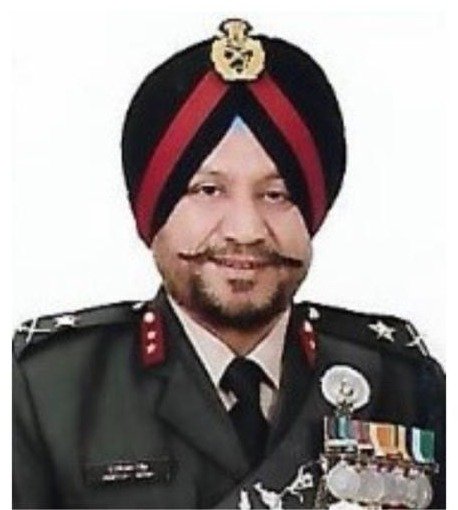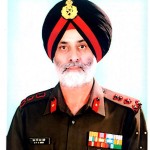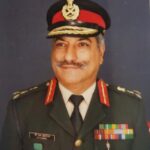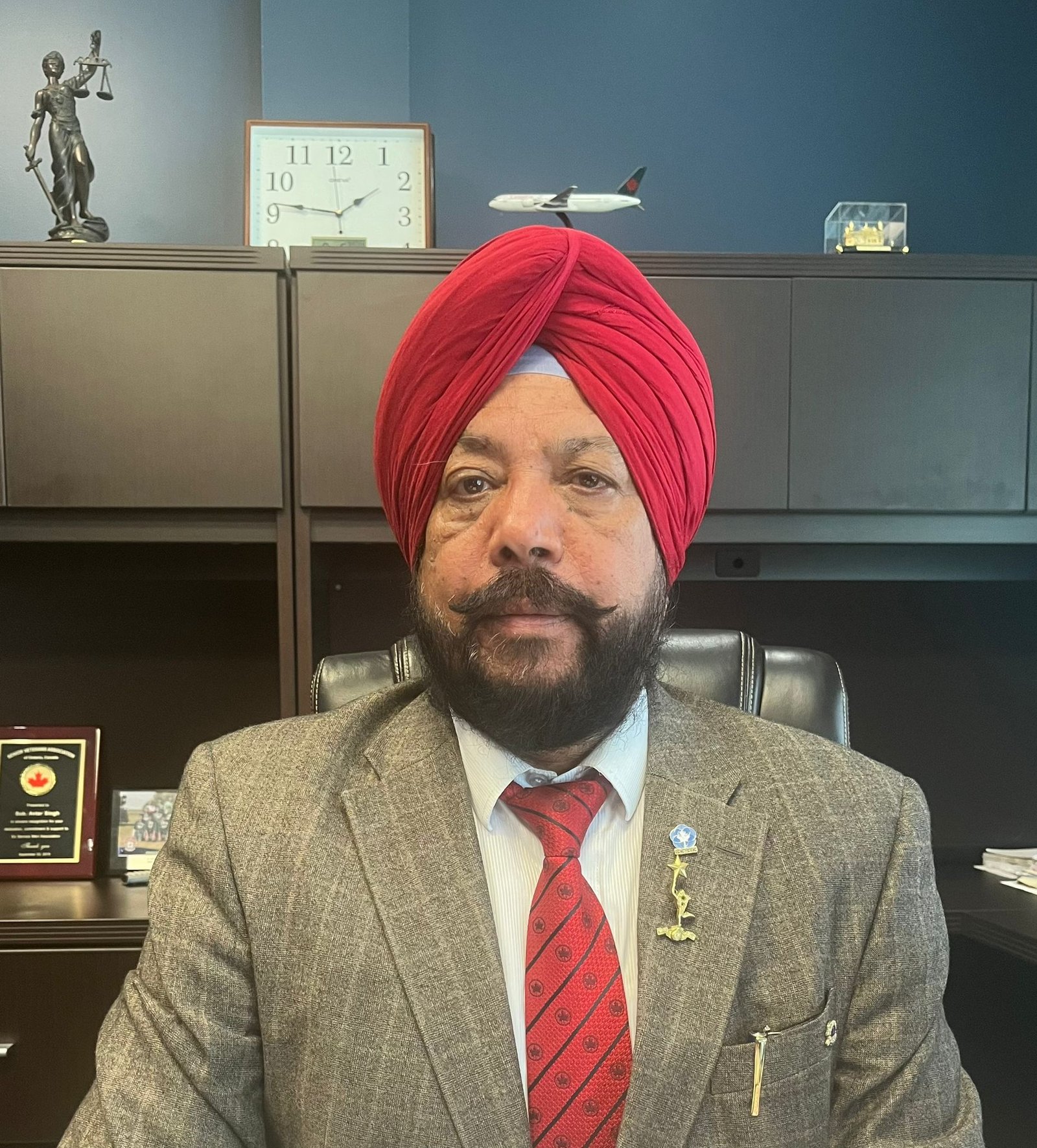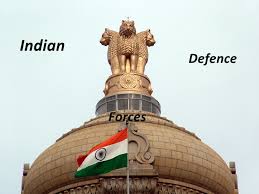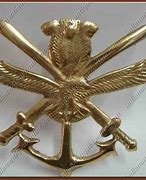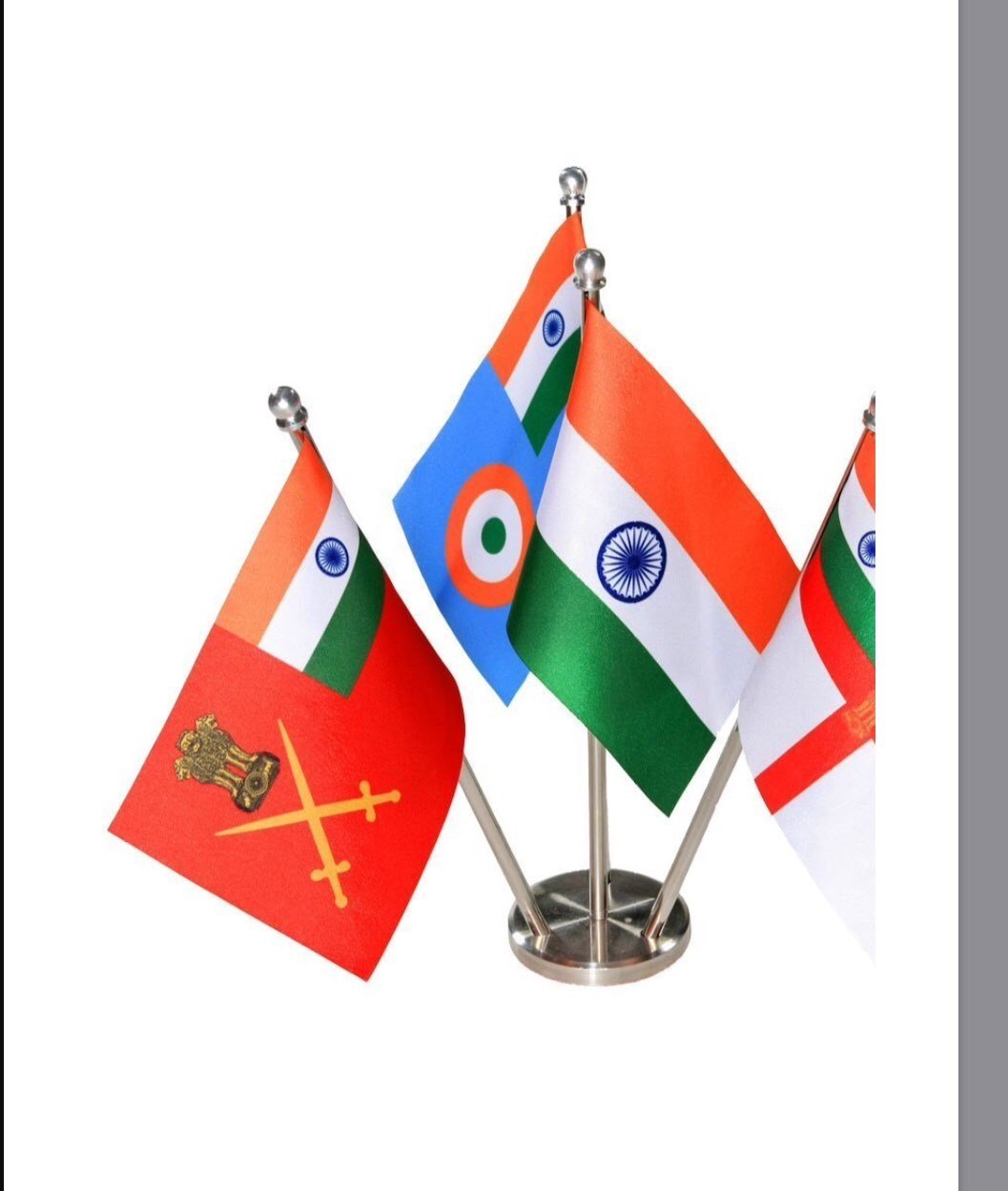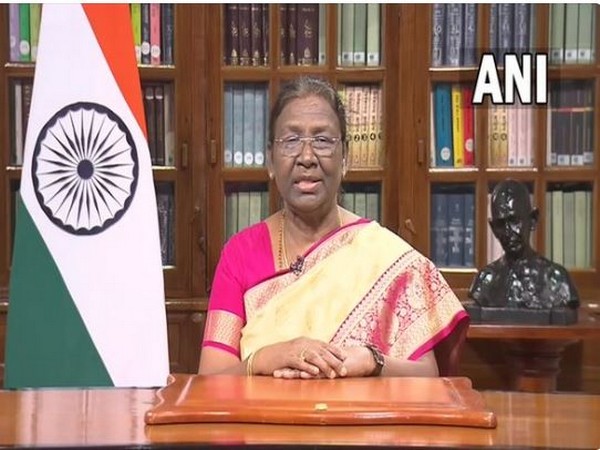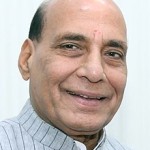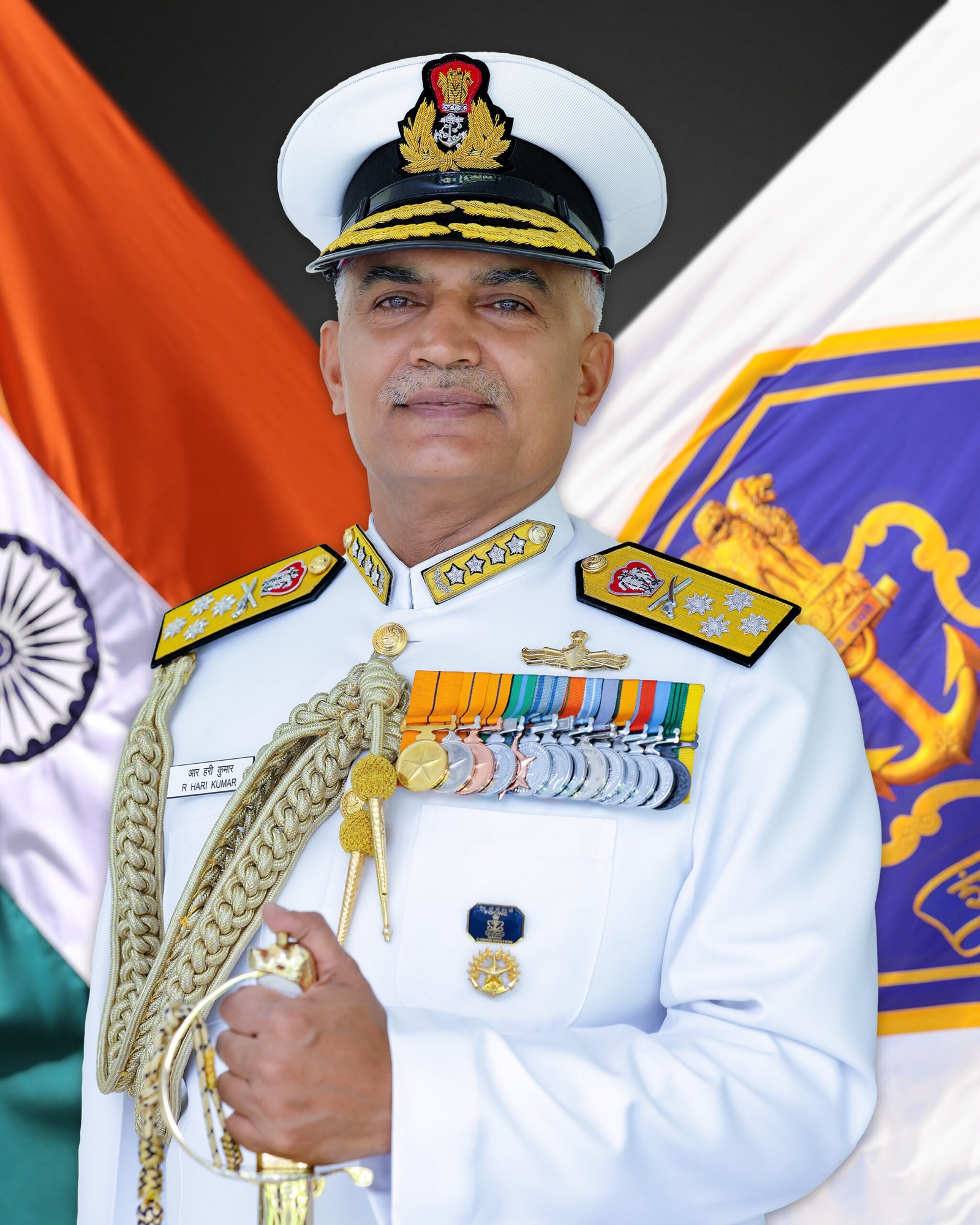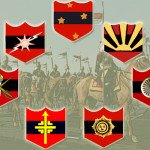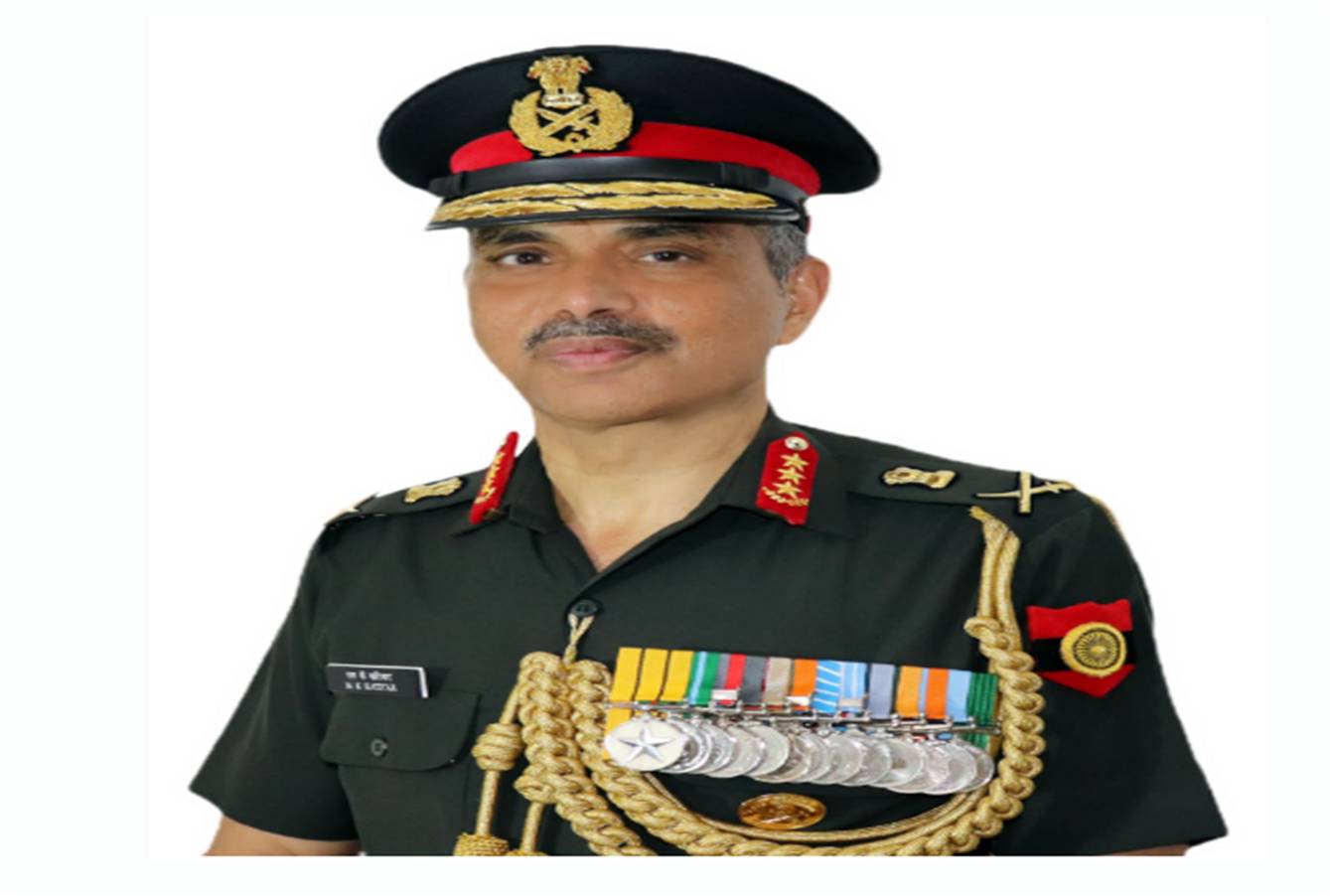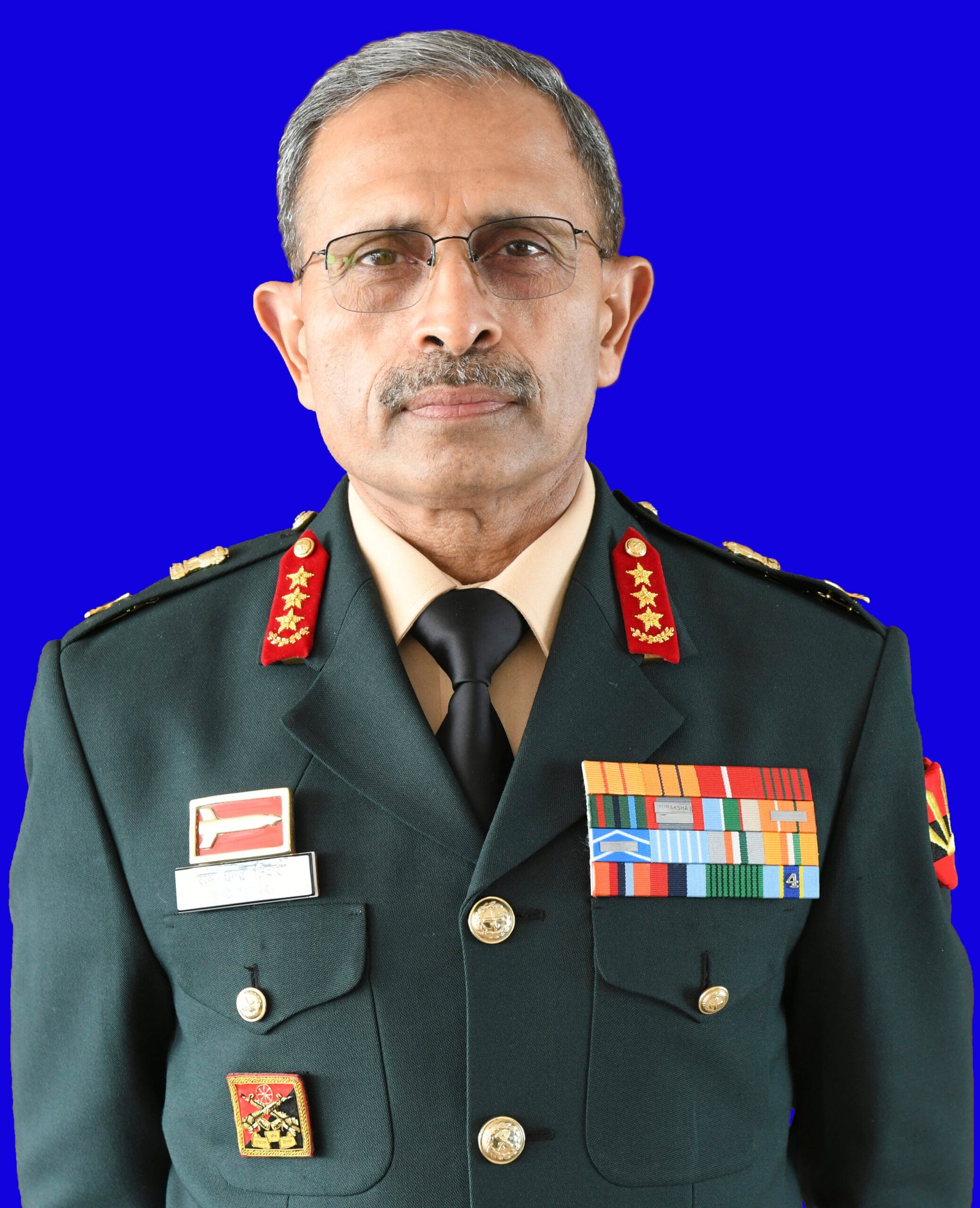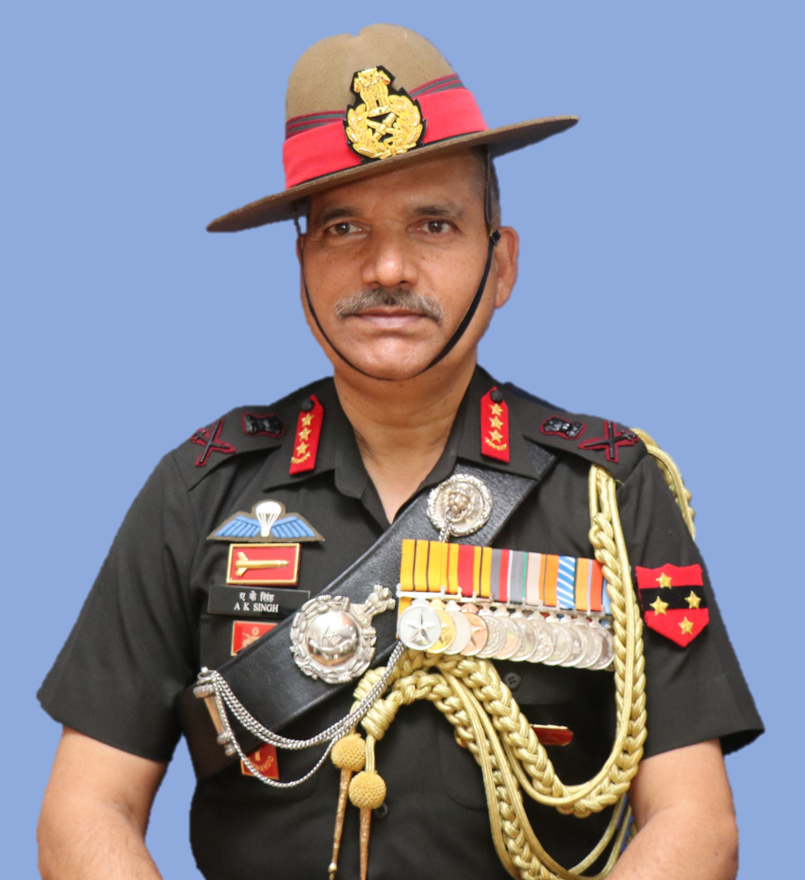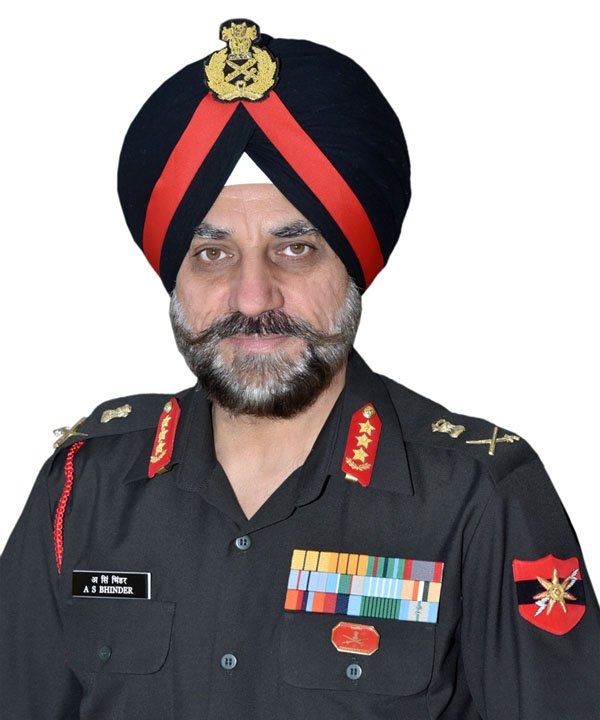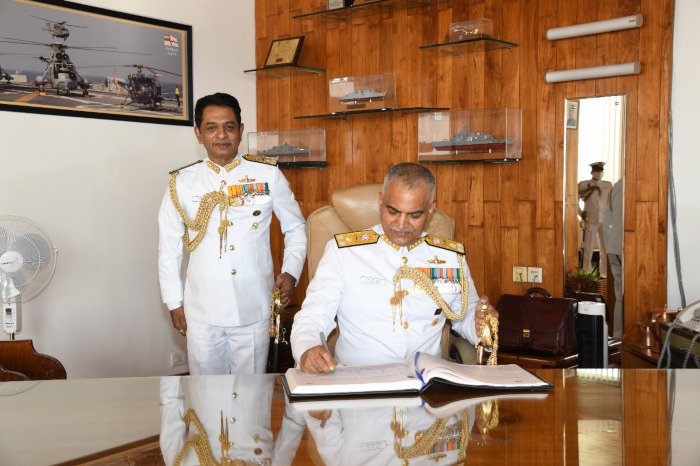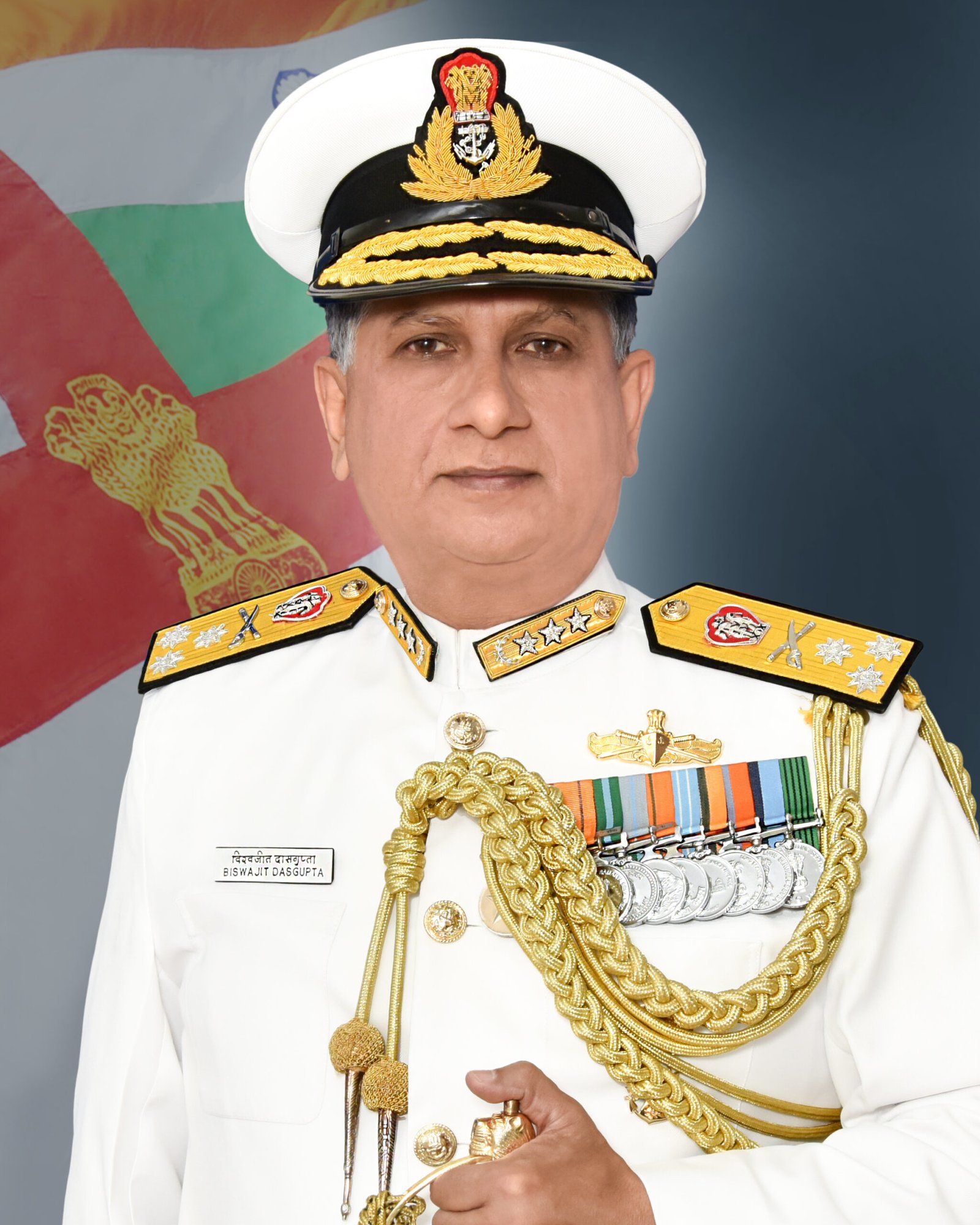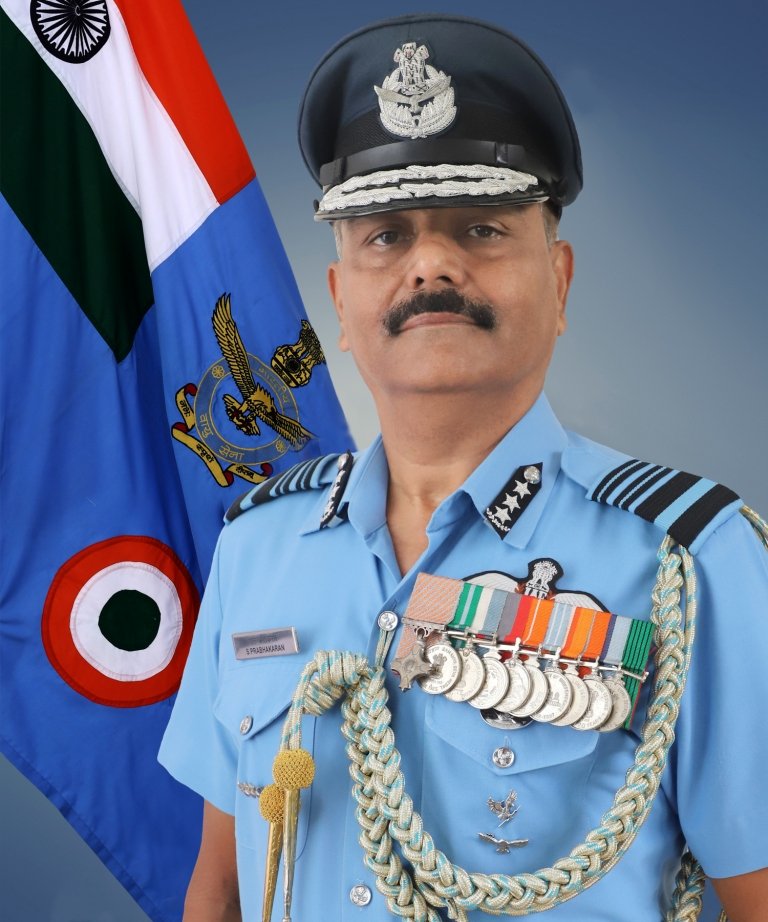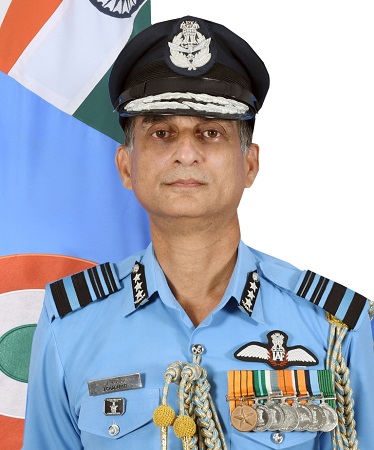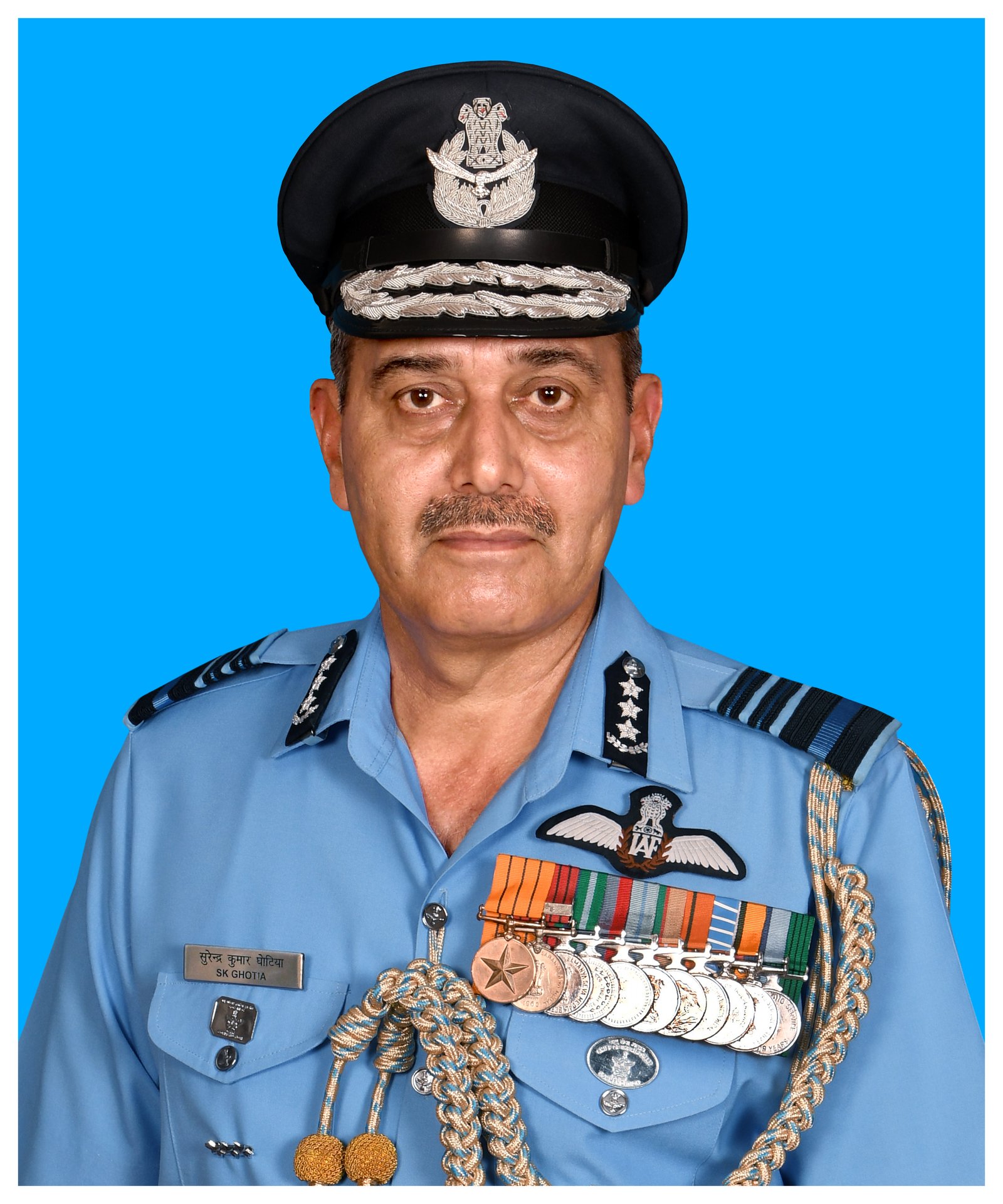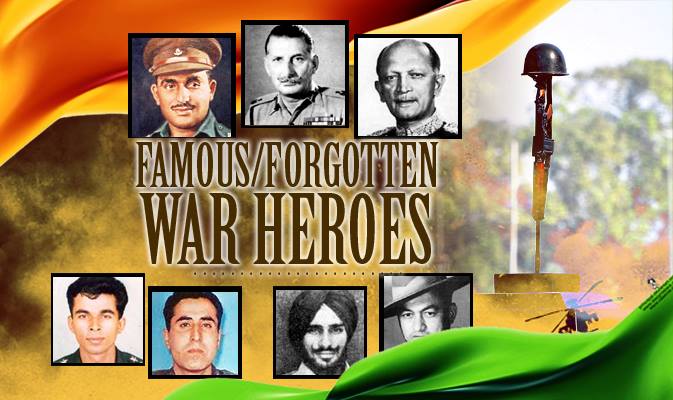
It has been known for a while now that all is not well in the Military Secretary’s (MS) branch. It has been suspected for some time now that wrapped in secrecy, despite tall claims of transparency, the MS branch utilises the opaqueness to play with careers of officers. Why and at whose bidding, it is not known. But it may vary from case to case. And now it stands utterly and totally exposed. By none other than the Principal Bench of the Armed Forces Tribunal.
The bench of Justice AK Mathur, Chairperson of the Tribunal and the administrative member, Lt Gen SS Dhillon, have blown the lid off one of the worst kept secrets in the Indian Army. That all is not well in the MS Branch and a comprehensive review of how it functions is the need of the hour.
The scathing indictment of the most important branch of the Indian Army, as far as the officer cadre’s career is concerned, came as a result of a petition filed by a Brigadier of the Corps of Engineers. Brig VG Gole, of June 1979 seniority, was shocked when he found out that he had not been empanelled for promotion in the selection board held for the rank of Major General in late 2010. As an officer who had been getting consistently good ACRs, he could not fathom why he was not selected.
And then he found out the reason. To his shock he came to know that the IO portion of his most recent ACR has been effaced, or removed from records in the selection process, as a result of which he fell back in the comparative merit. Why? Because of the following explanation given by the respondents when he filed a case in the AFT:
“A reply has been filed by the respondents contesting the position and took resort to a policy decision at Para 137 of Army Order 45/2001/MS which gives them power to efface the assessment if it is found that the ACR of the incumbent is grossly inconsistent or with inflationary/deflationary/ subjective reporting. This effacing could be done after due approval of the Chief of Army Staff. In this case, the ACR was found grossly inconsistent, therefore, IO’s
assessment was expunged after approval of the Chief of Army Staff”.
When the bench called for the records to see if this was true, they found out that this was not so. The decision to efface had been made arbitrarily. The bench found out that:
“We called upon the respondents to produce the original record before us and after perusing the record, we are constrained to observe that the powers exercised by the respondents is arbitrary. We have seen the ACR record of the petitioner from 2006 to 2010 and we find that during this period
he has earned seven ACRs and has not secured less than 8 marks in any of the qualities mentioned in the ACR. We also found that the IO’s assessment in the ACR from January, 2009 to June, 2009 has been totally effaced. We do not know how much marks were given by the IO but at least we have seen the RO’s assessment in which petitioner was given 8 marks in 5 qualities while in the remaining 12 qualities he has obtained 9 marks. Subsequently, even in the ACR from July, 2009 to November, 2009 he has received almost 8 or 9 marks. From February, 2010 to June, 2010, we find that petitioner has again secured 8 & 9 marks in all the qualities. The explanation given by the respondents is hardly satisfactory. Learned counsel for the respondents has produced before us a minute sheet to justify their stand, but we regret to say that it is a totally arbitrary and if we may say malafide in law also”.
The bench found that there was room for investigating into how and why the officer’s career had been adversely affected. They asked for the officer responsible to be pinpointed and ordered that the Brigadier be considered afresh for promotion notwithstanding his impending retirement and also imposed a cost of Rs 10,000 on the respondents.
“It speaks volumes that such kind of illegality can be committed against an officer. This is a serious matter and we are constrained to observe that it requires deeper consideration by the higher authority and they should pinpoint the officer responsible who has played foul thereby affecting the career of the officer. We allow this petition and expunge the effacing of the ACR of the petitioner for the period from January, 2009 to June, 2009 given by the IO. The marks should be restored back and petitioner should be reconsidered for promotion to the post of Maj Gen in accordance with rules. The impending retirement will not come in the way of consideration of the petitioner for promotion to the post of Maj Gen. The petition is allowed with cost of Rs 10,000”.
If this is how the MS branch functions and if this is how the Chief of Army Staff goes about rubber stamping the illogical and illegal decisions of MS branch put up to him, then it paints a sad picture indeed of the Army hierarchy. How many such cases may have gone unnoticed in the past? What about the time when the AFT was not there? Such cases would drag on and on and the officer’s career be marred for ever by the time he got relief, if any. Criminal, to say the least.
The officer holding the Military secretary’s appointment at the time when this particular case took place is answerable to the entire officer cadre of the Army. He should be held responsible and action taken against him for such illegal action. And Chiefs of Army Staff must sign on the dotted line with their eyes open. Regimental loyalties must not come in the way of being fair to those who serve under the COAS. To say the last.
by
Man Aman Singh Chhina
(As a journalist who has been on the defence beat for many many years, I wish to use this blog to report many things which are not reported in the media, or more importantly, cannot be reported for a variety of reasons. So expect this blog to be brutally honest… about truth, about the men and women in uniform and the Indian defence establishment at large).
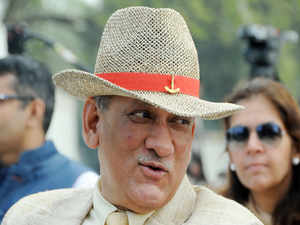

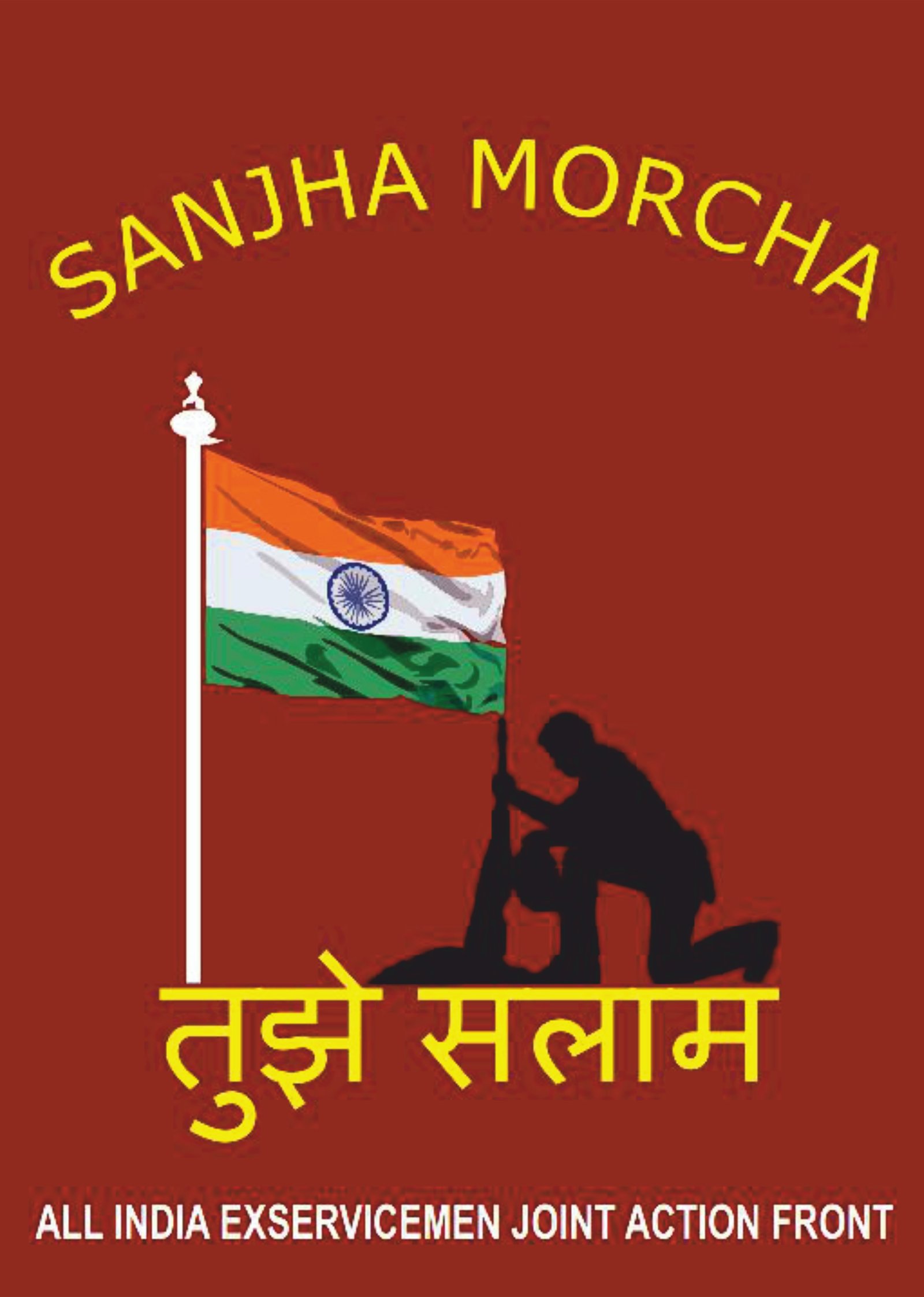
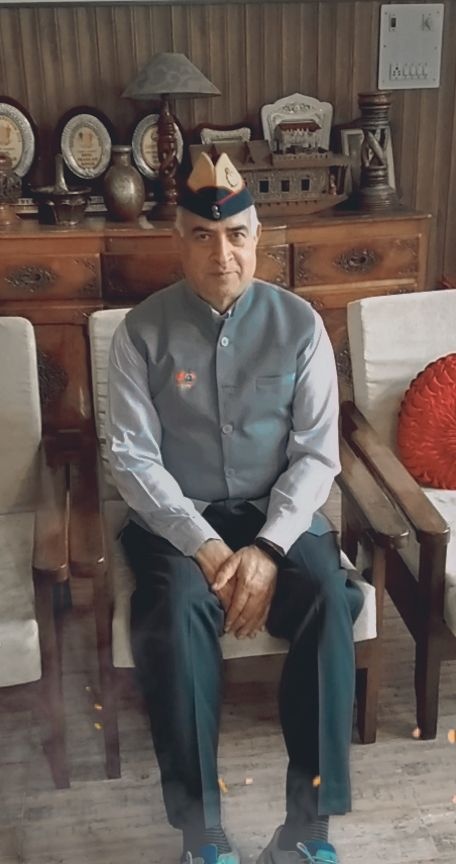





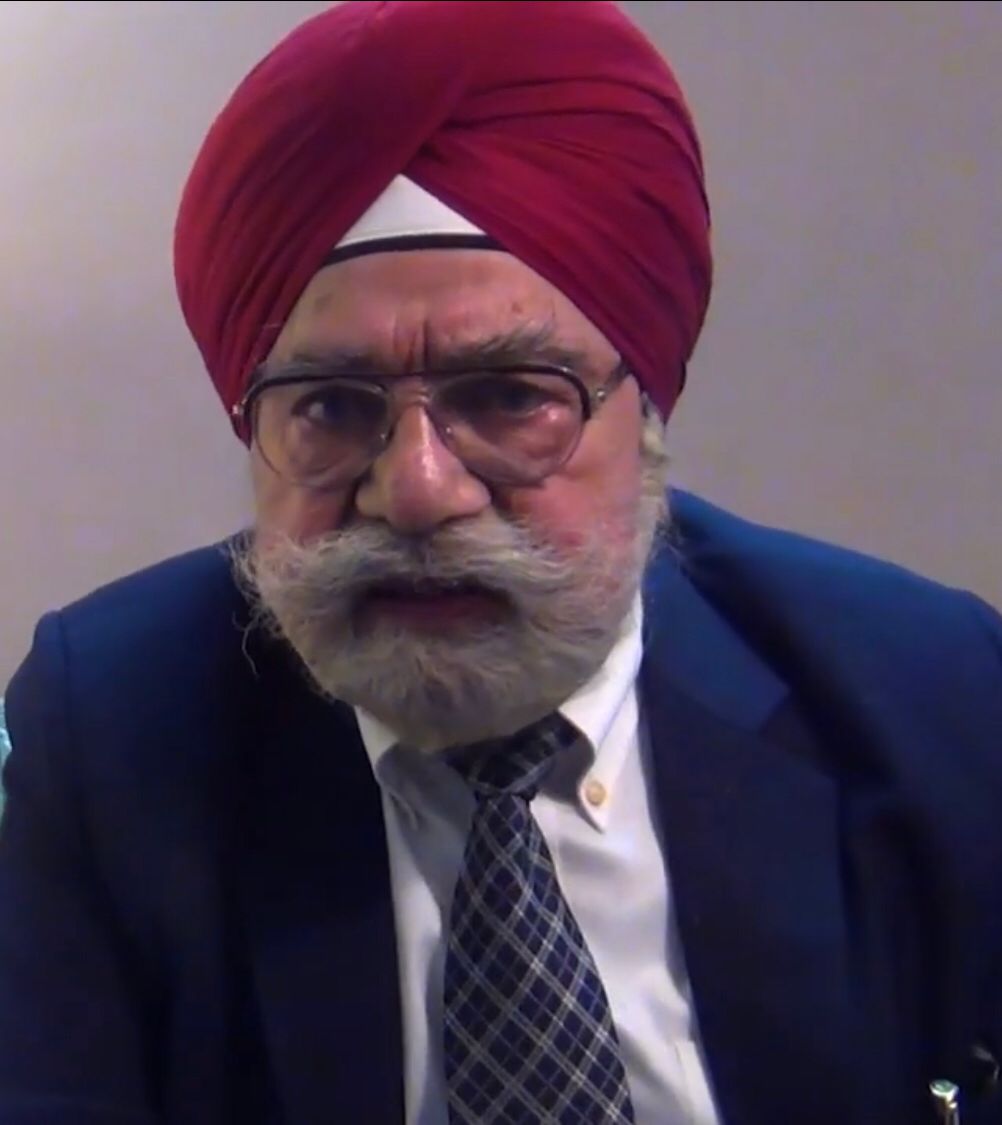



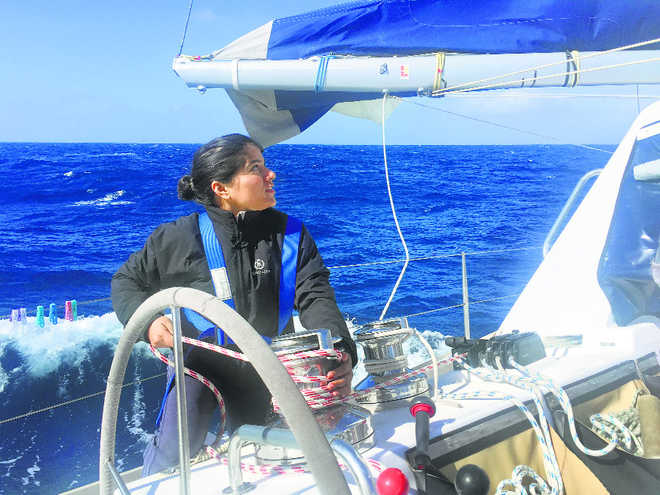
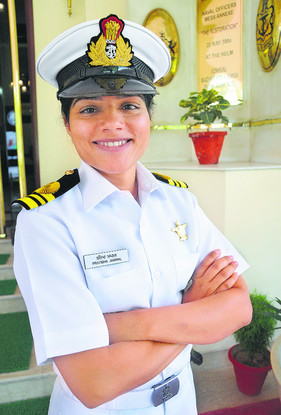

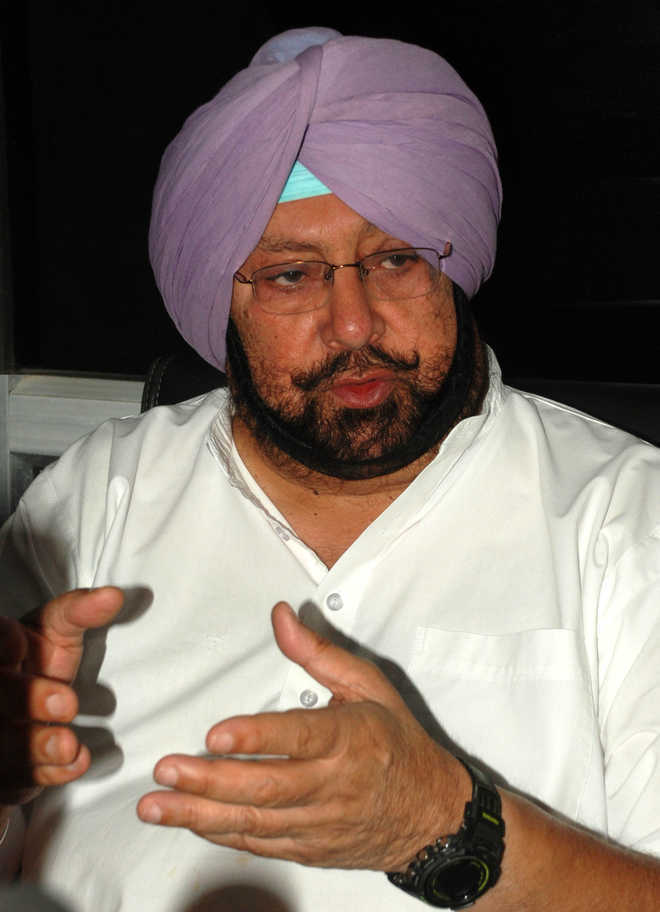

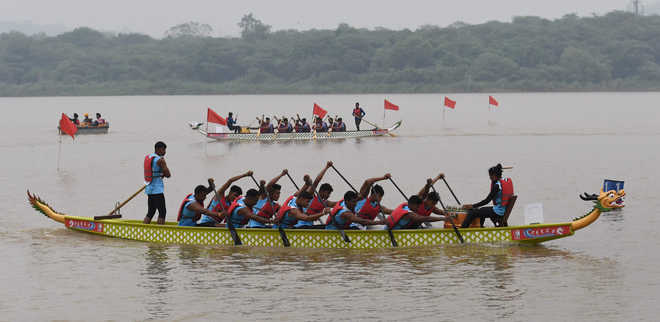
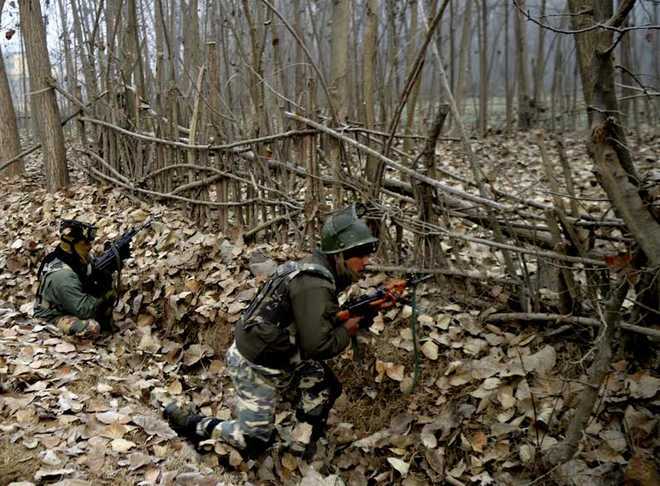
 PHOTO COURTESY: SANDWELL COUNCIL
PHOTO COURTESY: SANDWELL COUNCIL




